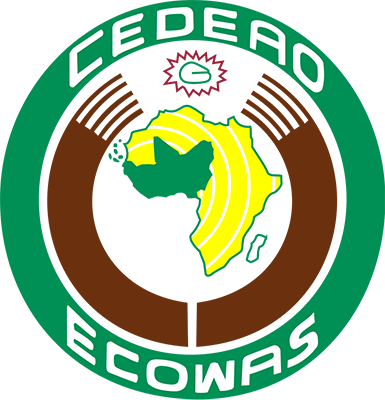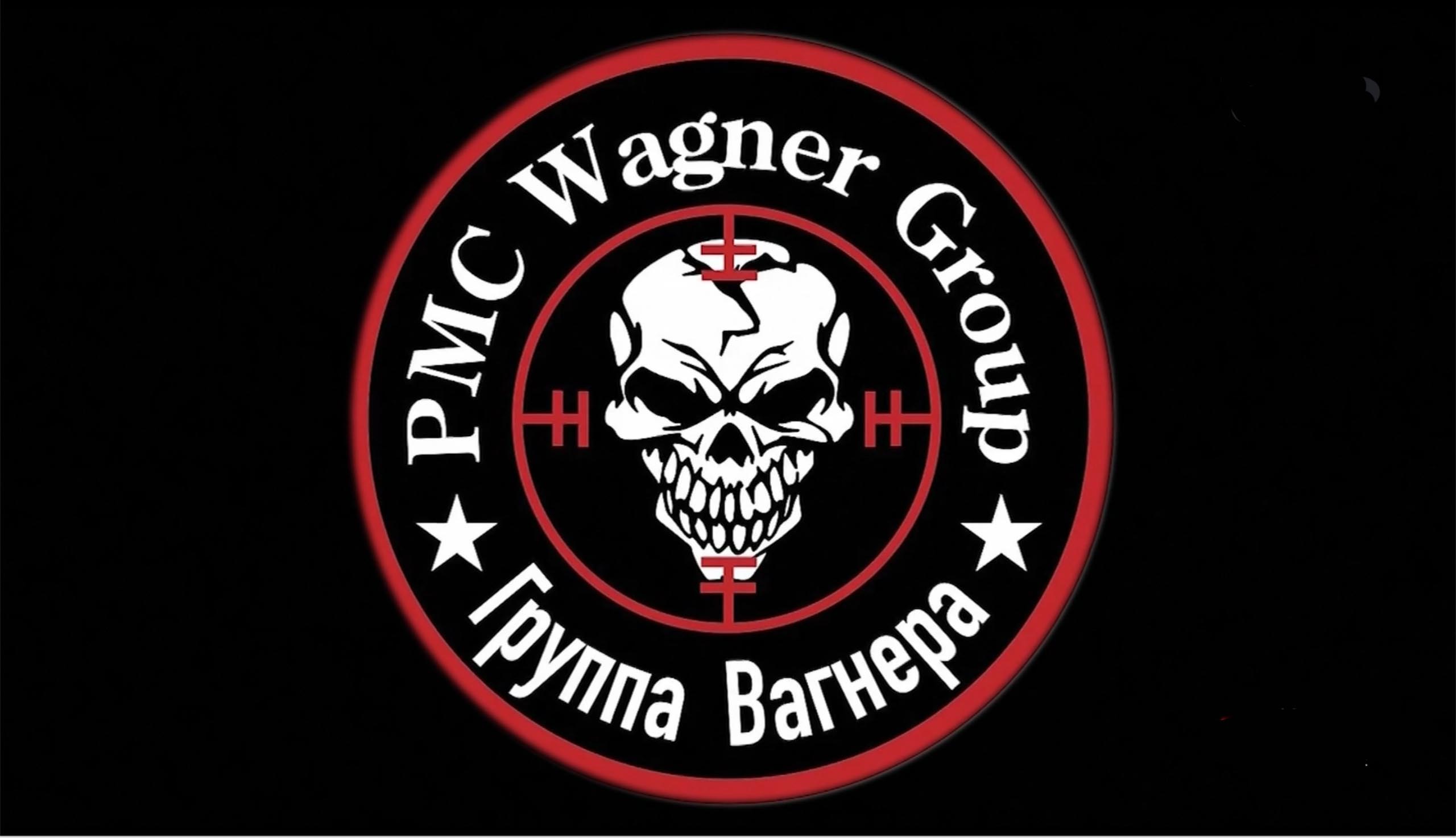JCEEAS – Journal of Central and Eastern European African Studies, Vol 2. Number 2 2022, pp. 168-188. Africa Research Institute at the Doctoral School of Safety and Security Sciences, University of Óbuda (Hungary)
The Economic Community of West African States, with French and Portuguese abbreviation: CEDEAO, abbreviated in English: ECOWAS, has currently fifteen members. The mainly political and economic regional cooperation, established in 1975 in the former French, Portuguese, and English territories, is the most significant form of integrated cooperation in West Africa. One of the eight African Regional Communities, and two of the six African Sub-Regional Economic Communities are members of the ECOWAS; it has eight members from the WAEMU (West African Economic and Monetary Community) and three out of fifteen members of the MRU (Mano River Union). The aim of this paper is to outline the integration mechanism of the ECOWAS, from historical backgrounds (including colonial heritage) to the integration of the decolonization process, its organizational structure, economic and monetary role, and its role in Africa. The analysis also looks at the proactive role of the ECOWAS member states in the continent’s integration efforts.
Keywords: ECOWAS; WAEMU; MRU; integration; economy; monetary.
Dr. habil. TÜRKE, András István Ph.D.
The ECOWAS (Economic Community of West African States) in Focus of West African Integration Efforts
Historical background based on colonial approach
From French West Africa to decolonization efforts
The integration of the CEDEAO area, from present-day Senegal to Niger and from Mali to Ivory Coast, is largely due to the French colonization in these areas, apart from some historical and imperial antecedents.[1] French West Africa (Afrique-Occidentale française AOF, 1895-1958) initially four – Senegal, Guinea, Côte d’Ivoire, French Sudan (then Mali) – and then gradually added to the Upper Volta (future Burkina Faso, in the detached area of Sudan),
Dahomey (future Benin), Mauritania and Niger – it was formed on June 16, 1895, as a federation of eight French colonies. At the time of its dissolution, 25 million people lived on its territory.
The aim of the AOF is to organize these areas under a unified French administration, with Saint-Louis (1895-1902) and then Dakar (1902-) as its capital in Senegal. In 1901, the Central Bank of Senegal was transformed into the (central) Bank of West Africa, operating in the form of a joint stock company with the authority to issue bonds. The AOF was governed by a French governor-general, who int he early period of time held the position of governor of Senegal and was also a representative of the (Parisian) Ministry of Colonial Affairs. Between 1957-59 he was appointed High Commissioner and was subordinate to several lieutenant governors. Over time, the basic unit of administrative organization became the district (cercle) and its subunits, headed by the district commander, who for the Africans essentially personified colonial power. They ascertained the head tax, levies and organized the obligatory public works. Indigenous people were virtually completely excluded from the decision-making process of the administration. The borders of the French West African colonies were established by conventions with the neighboring powers and, in the case of the colonies by the Franco-French neighborhood, by a simple administrative decision (Lugan 2009, 607).
In 1946, France slightly shaped its relationship with its former colonies, creating the the French Union (Union française) of the IV. Republic, which was amended in 1958 by the V. Republic to French Community (Communauté française). The African partners were disappointed in both, and the latter’s efforts to integrate soon became futile[2] in the wake of the decolonization wave started in 1960. Regarding the British colonial territories, the British Commonwealth was formed in 1949, providing a looser forum for co-operation, considering the Queen as the common head of state. From the region, Ghana became a member in 1957, Sierra Leone in 1961, and Nigeria in 1960.
The states of the region have played an important leading role in the establishment of the Organization of African Unity (OUA) on the 25th May 1963., with their leaders at the forefront of this initiative: Presidents Kwame Nkrumah (Ghana) and Sékou Touré (Guinea). As leaders of the Casablanca Group, partly encouraged by the achievements of European integration, they called for the creation of a federation similar to the United States of Amercia (African Community), with the left-wing leaders of the UAR (United Arab Republic), Algeria, Libya, Mali and Morocco supporting the idea. The African Common Market (MCA) was set up on 2 April 1962 with the participation of Algeria, the EAW, Ghana, Guinea, Mali and Morocco, but this only operated until the OUA was set up. The Monrovia group included supporters of a more moderate co-operation effort; Of the 21 sub-Saharan states, we would like to highlight Senegal (President Leopold Sedhar Sengor, leader of the group) and Nigeria in the region, but most of the Francophone states were included as well. This group envisioned a much looser, confederate form of cooperation that respected the (full) sovereignty of states, urging them to continue working closely with former colonial metropolises for the economic consideration of providing them with the capital they needed to start developing.
What conclusions can be drawn about the region from all this? Thus, the states here took the initiative, but on several fronts, they also differed significantly in terms of the depth of cooperation within the organizational framework: on one hand, there were major divisions between those who wanted a close federation and those who preferred a loose confederation, on the other hand, there have been major divergences in closer or looser relations with former colonial countries. The dilemma of what would happen to them after their independence, without any capital and political experience, with weak economic foundations, was marked. Can the regional cooperation(s) organized on the basis of the “blind leading the blind” method succeed whether the model of the European Economic Community, established in 1957 by the Treaty of Rome, can succeed, or, is it simply indispensable long term to “keep the umbilical cords” with former colonial states? The signing of the Organization of African Unity Charter, drawn up by the presidents of Modibo Keïta from Mali and Sylvanus Olympio from Togo, also meant that the new African states would de jure recognize the finality and inviolability of the borders, previously completely arbitrarily established by the colonizers: Emphasizing political-economic stability with the inviolability of state sovereignty (principle of non-intervention). The latter resulted in serious problems – narrowing down to the examined area – in the crisis management mechanism in Nigeria of the Biafra`s separatist aspiration (1967-1970) supported by France (Türke 2021, I. 55-56, II. 2019). In this context, the rivalry of the Francophone-Anglo-Saxon states and territories in the region should be singled out as a factor working against integration, and this opposition was often exacerbated from the background by the former colonizers on the basis of the divide et impera principle. In the Cold War era of the superpowers, this was further overshadowed by the intrusion of Soviet and American ideological divisions into the region, supplemented by non-aligned African states (Ghana and Guinea) that joined the strongly anti-colonialist movements. The new, independent states were characterized by strong ethnic and religious diversity, and in many cases artificial borders split (related) tribes and ethnicities (Benkes 1999, 156-161).
In the midst of the decolonization vawe, the former British Colony (Gold Coast) Ghana[3], led by Kwame N`Krumah lead the way towards independence in 1957, was the flagship of both independence and cooperation on the continent, where between 1960 and 1980, nearly 200 forms of cross-border multisectoral economic cooperation and more than 120 forms of intergovernmental and bilateral cooperation emerged. The first major divisive factor between the Francophone states of West Africa was the attitude towards the French Community. A decision was made about the it in a referendum on the new French constitution on 28 September 1958: Senghor Senegal and Keïta French Sudan supported, while Guinea (Sékou Touré) and Niger (Bakari Djibo) voted against. In Guinea, the majority of the population also voted against the Community, making it completely independent of the other former AOF states that became autonomous states within the Community.[4]
(…)
[1] The Community only operated de facto until the year of 1959, although de jure lasted until 1995.
[2] We should note, that Liberia a former American colony, was the first African colony to became independent in 1847.
[3] According to this version of the French Constitution, a member declaring its independence must leave the Community.This has been changed, by the constitutional amendment on the 4th of June 1960, only after noticing the overwhelming wave of dekolonization. This ammendment allowed members who had declared their independence to remain members of the Community by contract (and in fact allowed other independent states to join, but this scenario never happened).
[1] Historical background: The area of Mauritania in Roman times was roughly the area of Morocco-Algeria. Between 300 and 1240 the Empire of Ghana covered parts of present-day Senegal, Mali and Mauritania, and between 1230 and 1545 the Empire of Mali covered parts of Senegal, the Gambia, Guinea, Mauritania, Mali and Niger. The Songhaï Empire from 1464 to 1591 roughly covered the territory of the Empire of Mali, supplemented by parts of present-day Burkina Faso, Benin, and Nigeria. Thus, the “integration effect” in the region could have been exerted by the previous historical imperial formations, but these, with the exception of the current eras, did not prove to belong-lived, partly because they seemed to be quite minimal int he political and economic spheres, and also they were only temporary. (Source we used: Europa Varietas Institute CERPESC project databases: http://www.europavarietas.org/csdp/fr/geopolitique)




